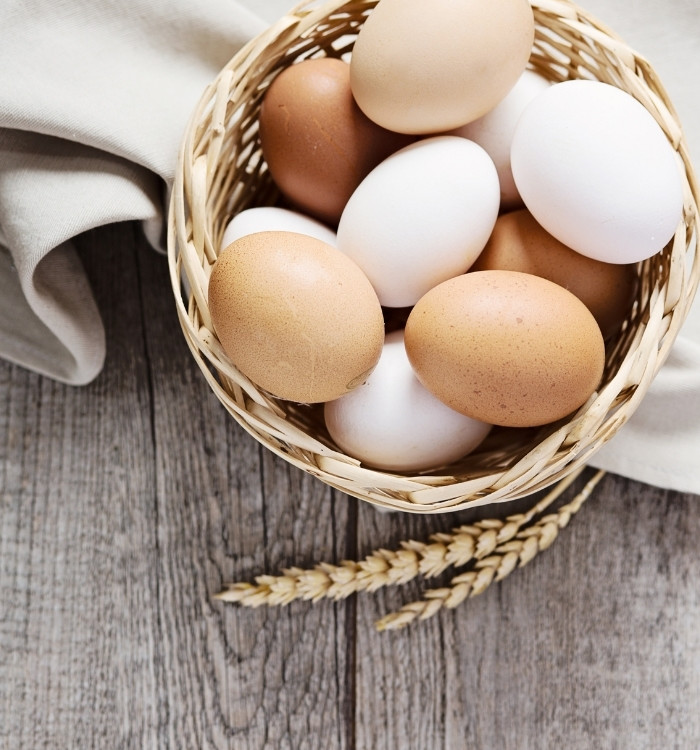
How to Bring Eggs to Room Temperature Quickly
Knowing How to Bring Eggs to Room Temperature quickly is useful when making cakes, cupcakes, waffles, and more. In this post, I’m sharing four methods for bringing eggs to room temperature and explaining why it’s important to do so.
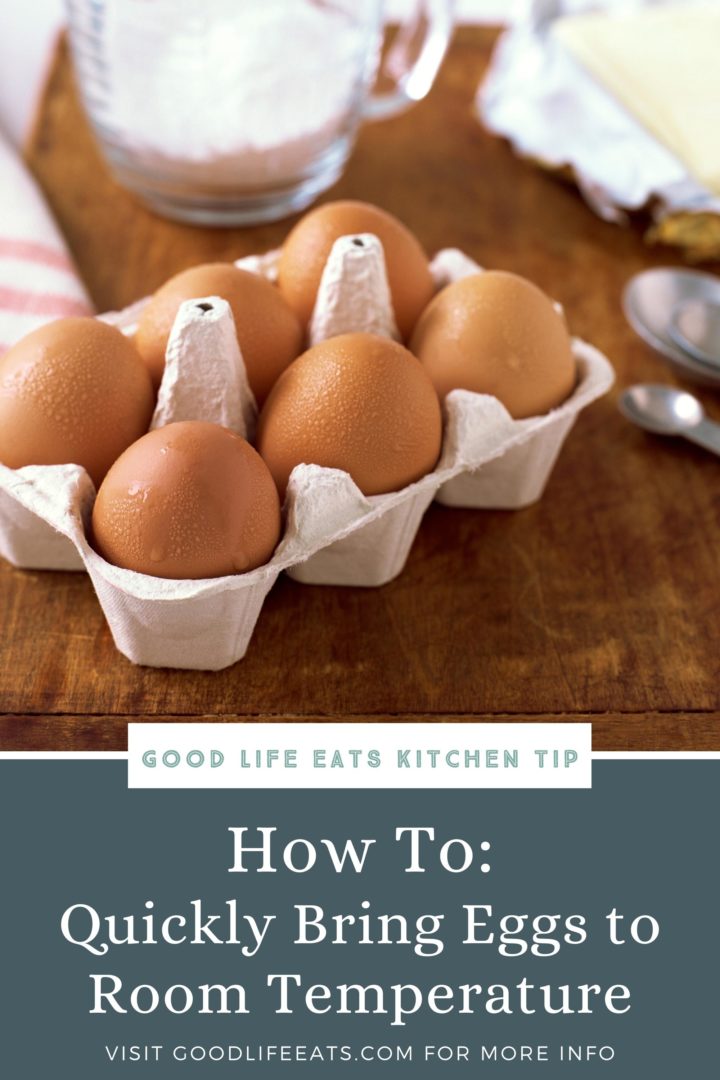
Why Use Room Temperature Eggs?
Chances are good that you’ve stumbled across a recipe that calls specifically for room temperature eggs. And chances are also good that you’ve ignored that step, thinking it wouldn’t affect the end product. Wrong!
Bringing eggs to room temperature is a good habit to adopt if you frequently make cakes, cupcakes, waffles, or similar treats. Room temperature eggs not only mix into batters and doughs more easily, but they also add more volume to baked goods.
Warm eggs whip up much faster than cold eggs, plus they don’t separate when they come into contact with dairy products like butter. Getting eggs to room temperature prior to baking a cake is crucial to creating a light and airy crumb.
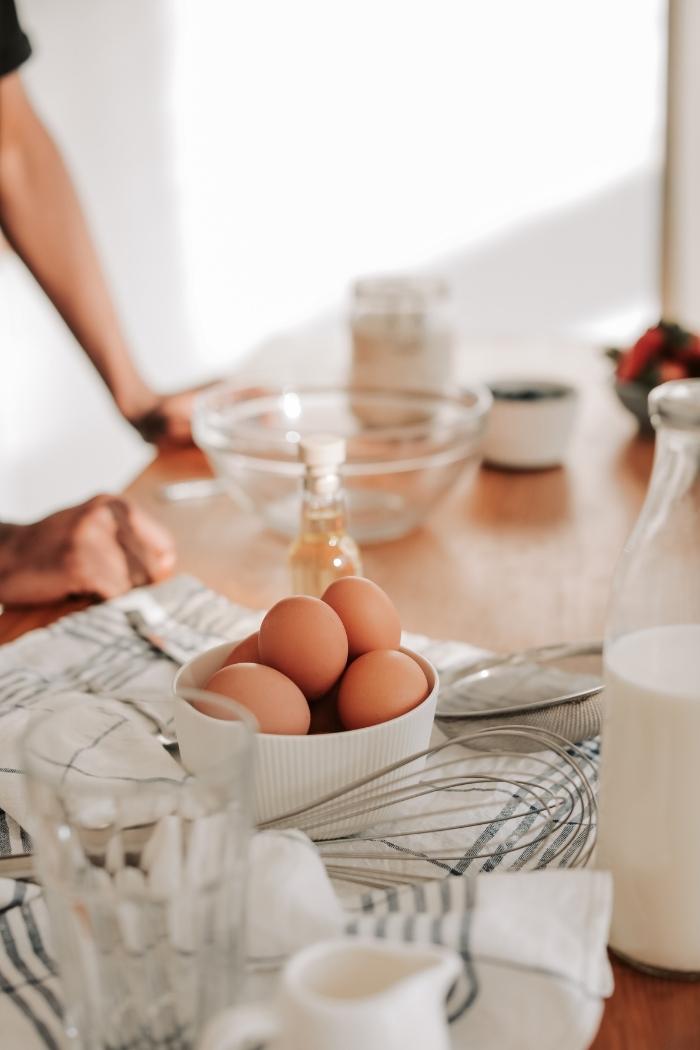
How to Bring Eggs to Room Temperature
There are a few ways to bring eggs to room temperature in 10 minutes or less. Here’s how to get eggs to room temperature quickly — and safely!
Method #1: Place Under a Warm Bowl
- Place the eggs onto a plate or another flat surface.
- Cover with an inverted cup or bowl that’s been warmed in the microwave or under hot tap water.
- Leave the eggs under the hot cup for about 10 minutes, or until they come to room temperature.
Katie’s Tip: When choosing a cup or bowl to invert over the cold eggs, be sure to find one with a wide enough mouth to completely cover the eggs without touching them.
Method #2: Use a Warm Water Bath (Recommended)
- Place the eggs into a bowl, making sure they’re not too crowded.
- Pour warm tap water over the eggs. They need to be fully submerged.
- Leave the eggs in the warm water for 5 to 10 minutes.
Katie’s Tip: For this method, it’s very important that the water is warm, not scalding hot. If the tap water is too hot, you may partially cook the eggs. Use water that’s the same temperature as bath water.
Method #3: Run Under Warm Water
I don’t like using this method for bringing eggs to room temperature since it wastes water and isn’t environmentally friendly. However, it’s quick and effective so I wanted to share it regardless.
- Place eggs into a bowl or measuring cup.
- Run a constant stream of warm tap water over the eggs, letting it overflow into the sink.
- Let the water run for 2 to 5 minutes, or until the eggs are no longer fridge cold.
Method #4: Warm Cracked Eggs in a Stainless Steel Bowl
- Crack the eggs into a stainless steel bowl.
- Place the stainless steel bowl into a larger cake pan or baking dish.
- Pour warm tap water into the cake pan until it reaches halfway up the stainless steel bowl containing the cracked eggs.
- Leave the eggs in the water bath for 2 to 3 minutes, stirring occasionally.
- Dip a finger into the eggs to test their temperature before adding them to the recipe.
Katie’s Tip: It’s important that you use a stainless steel bowl for this method, as it conducts heat better than glass or ceramic.
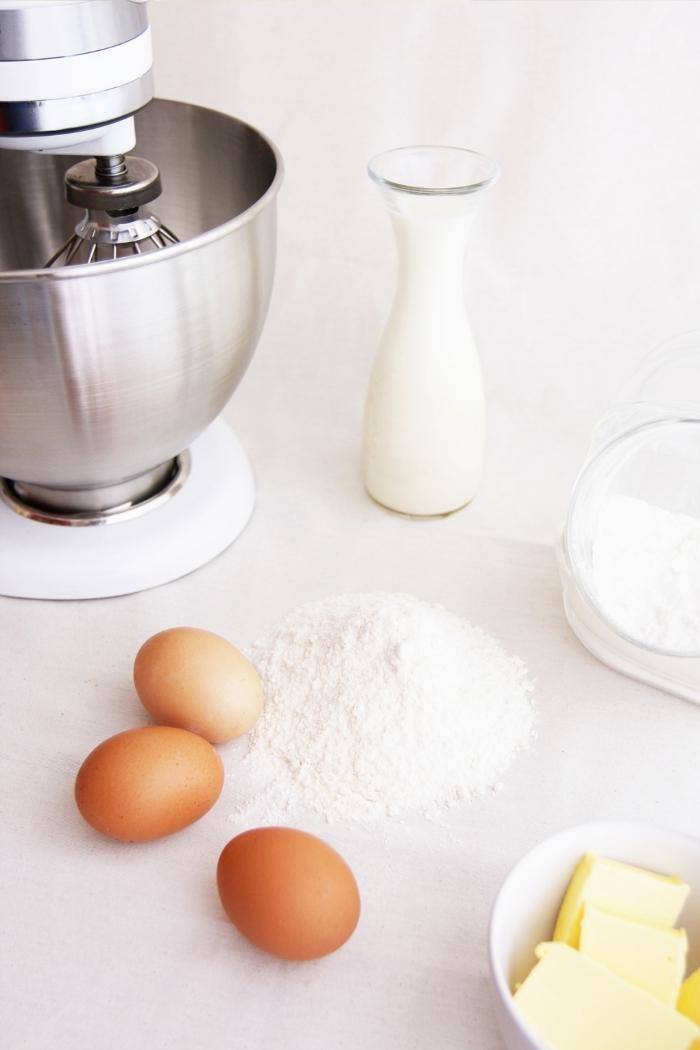
How to Bring Separated Eggs to Room Temperature
If a recipe calls for just egg yolks or egg whites, or a mixture of the two, you’ll need to separate them while the eggs are still cold.
Cold eggs separate more easily than warm eggs. Warm egg yolks break more easily, which makes separating eggs a tricky task.
To bring eggs that have been separated to room temperature:
- Place the egg whites and yolks in separate bowls or ramekins.
- Place the bowls into a larger baking dish.
- Fill the baking dish with hot water until it comes halfway up the bowls.
- Let the separated eggs sit for 5 to 10 minutes before using.
This is the only method that you may use hot water for instead of warm.
Because the separated eggs are in thicker ceramic bowls or ramekins, you need the water to be hot so that it penetrates the bowl and warms the eggs.
FAQs
Got questions about how to make this recipe? Here are the answers to a few commonly asked questions. Feel free to leave any other questions in the comments on this post and I’ll respond with answers.
Is It Safe to Leave Eggs on the Counter to Come to Room Temperature?
Yes, it’s safe to bring eggs to room temperature by setting them out on the counter. It will take roughly 30 minutes to get eggs to room temperature this way so you’ll need to plan ahead if using this method.
How Long Can Eggs Sit at Room Temperature?
Eggs can sit out at room temperature for a maximum of 2 hours. After that, they’ll need to be refrigerated.
If you forget to refrigerate the eggs after 2 hours have passed, you’ll need to throw away the eggs. By that point, they won’t be safe to eat.
How can you tell if eggs are at room temperature?
Ideally, eggs that have been brought to room temperature using one of the four methods listed above should be between 68ºF to 70ºF.
You’ll know when eggs are room temperature when they feel neither warm nor cold in your hands — they should be “neutral” in temperature.
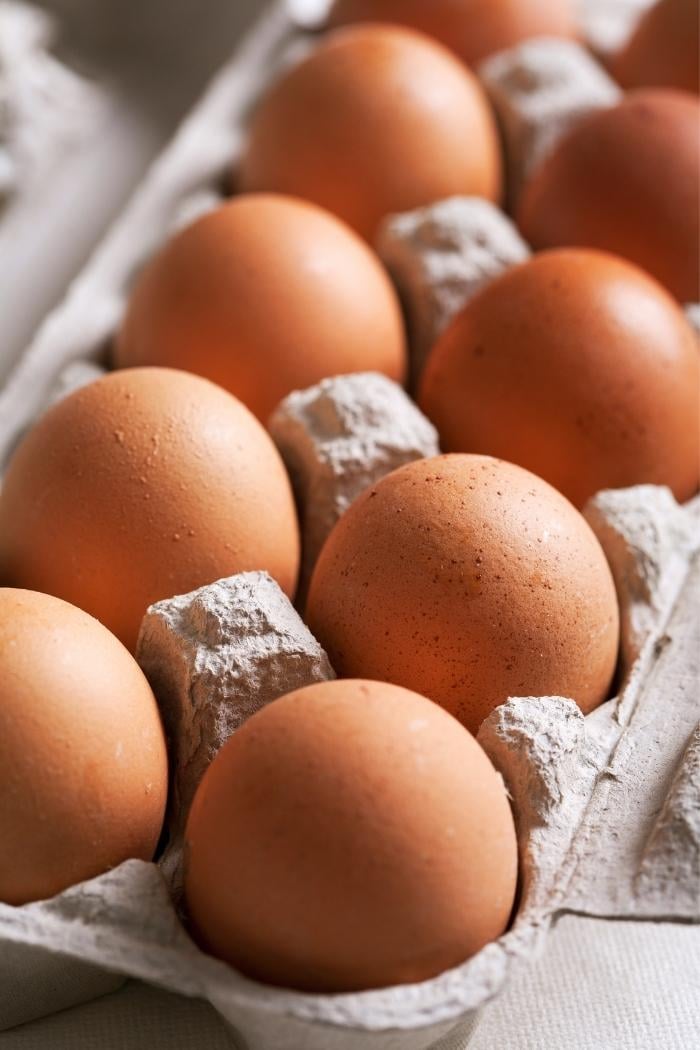
Tips for Safely Getting Eggs to Room Temperature
- Use a stainless steel bowl: Stainless steel bowls conduct heat faster than glass. Use a stainless steel bowl whenever you’re bringing cracked eggs to room temperature.
- Add more water, as needed: The more eggs you need to bring to room temperature, the more water you’ll need. Rather than cramming more eggs into a smaller bowl, use a larger bowl and additional water.
- Never use hot water: Hot or scalding water will partially cook the eggs. If the water is too hot, you’ll need to throw away the eggs (or finish hard boiling them as a snack!) and start over.
- Separate eggs when cold: If you need to separate the eggs for a recipe, do so when they’re cold. They’ll be easier to separate and you can bring them to room temperature afterwards.
Even More Baking Tips:
There are 4 different ways to cut butter into flour for recipes like pie crusts or biscuits. Read my full guide on Cutting Butter Into Flour for step-by-step instructions!
Learn all about common buttermilk substitutes as well as how to make buttermilk. It’s easier than you’d think to Make Your Own Buttermilk!
These Tips for Baking with Yeast will help you feel more confident in the kitchen and yield more successful results.
Learning How to Temper Chocolate properly is essential when you want to make homemade candies, such as truffles or chocolate bark. Follow this how-to for all you need to know about tempering chocolate.
Learning How to Separate Eggs is important if you want to bake angel food cakes, macarons, macaroons, meringues, and more. It’s an important kitchen skill you’re about to master!
Stay Inspired in the Kitchen!
Want more delicious recipes, kitchen tips, and meal inspiration? Sign up for the Good Life Eats Newsletter and get:
✔ Tried-and-true recipes—from quick weeknight meals to special occasion favorites.
✔ Seasonal meal ideas—helping you make the most of fresh, in-season ingredients.
✔ Time-saving kitchen tips—boosting your confidence and creativity in the kitchen.
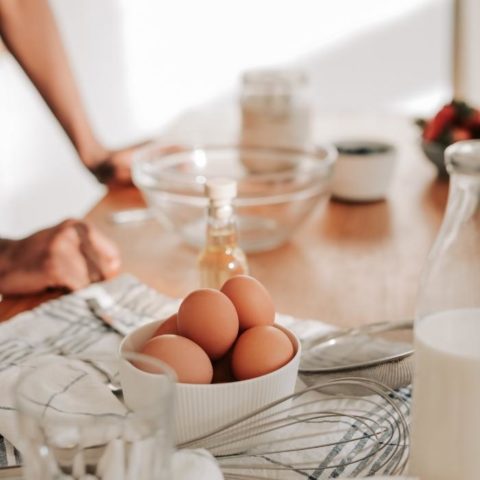
How to Quickly Bring Eggs to Room Temperature
Knowing How to Bring Eggs to Room Temperature quickly is useful when baking cakes, cupcakes, waffles, and more!
Materials
- Eggs
Tools
- Warm water
- Stainless steel bowl(s)
- Ramekins or cereal bowl
Instructions
PLACE UNDER A WARM BOWL
- Place the eggs onto a plate or another flat surface.
- Cover with an inverted cup or bowl that’s been warmed in the microwave or under hot tap water.
- Leave the eggs under the hot cup for about 10 minutes, or until they come to room temperature.
USE A WARM WATER BATH
- Place the eggs into a bowl, making sure they’re not too crowded.
- Pour warm (NOT hot) tap water over the eggs. They need to be fully submerged.
- Leave the eggs in the warm water for 5 to 10 minutes.
RUN UNDER WARM WATER
- Place eggs into a bowl or measuring cup.
- Run a constant stream of warm tap water over the eggs, letting it overflow into the sink.
- Let the water run for 2 to 5 minutes, or until the eggs are no longer fridge cold.
WARM CRACKED EGGS IN A STAINLESS STEEL BOWL
- Crack the eggs into a stainless steel bowl.
- Place the stainless steel bowl into a larger cake pan or baking dish.
- Pour warm tap water into the cake pan until it reaches about halfway up the stainless steel bowl containing the cracked eggs.
- Leave the eggs in the water bath for 2 to 3 minutes, stirring occasionally.
- Dip a finger into the eggs to test their temperature before adding them to the recipe.
Recommended Products
As an Amazon Associate and member of other affiliate programs, I earn from qualifying purchases.
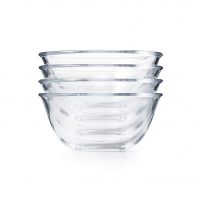
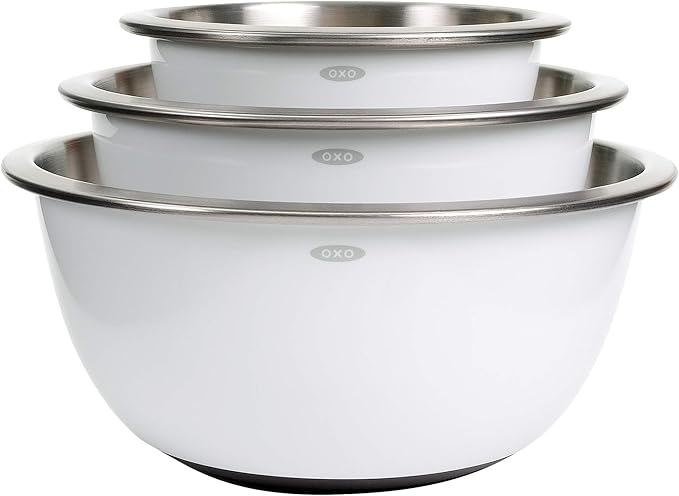


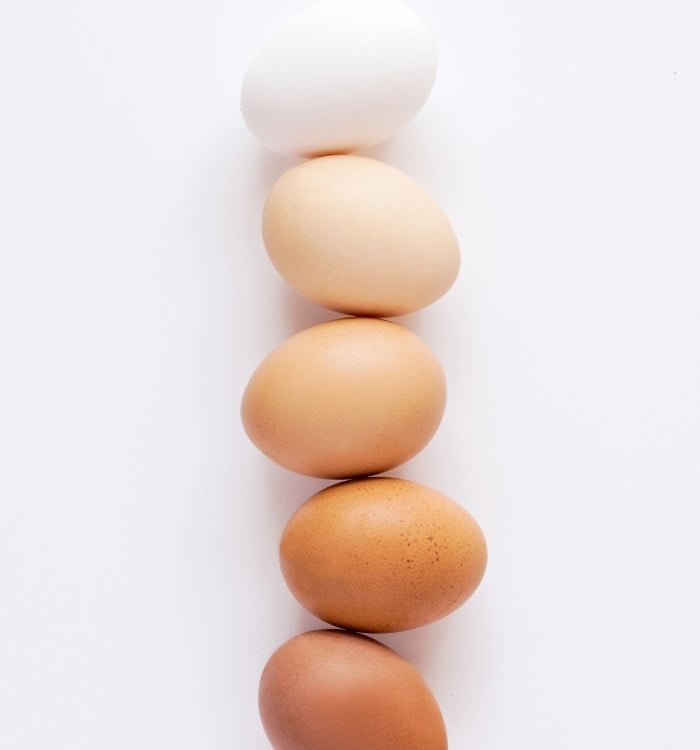
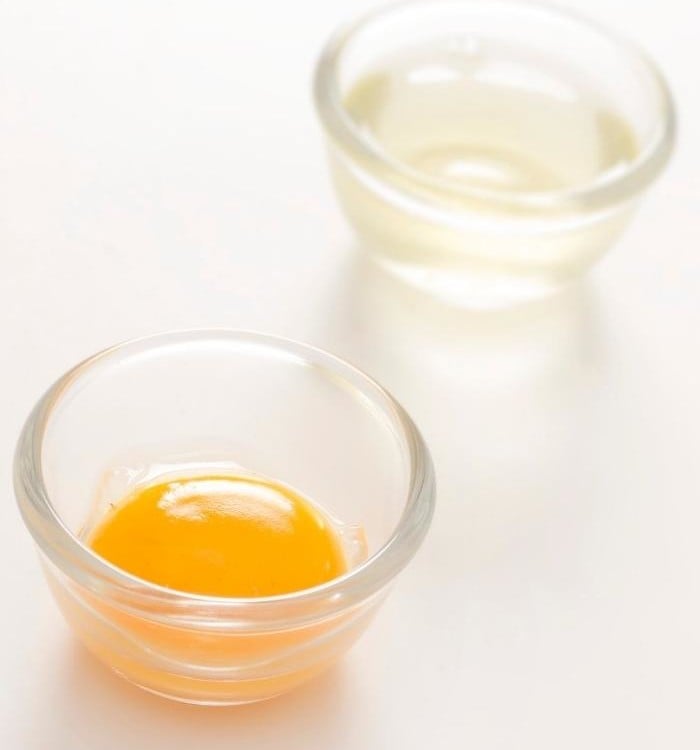
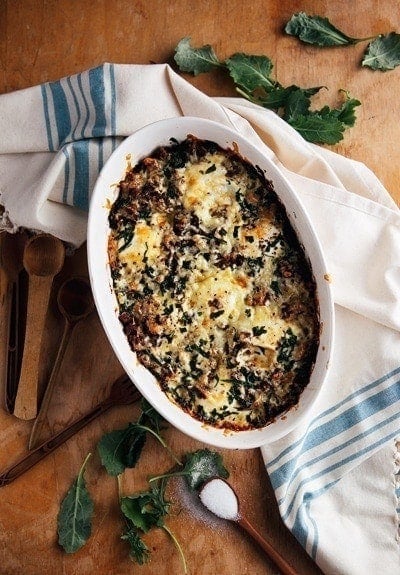
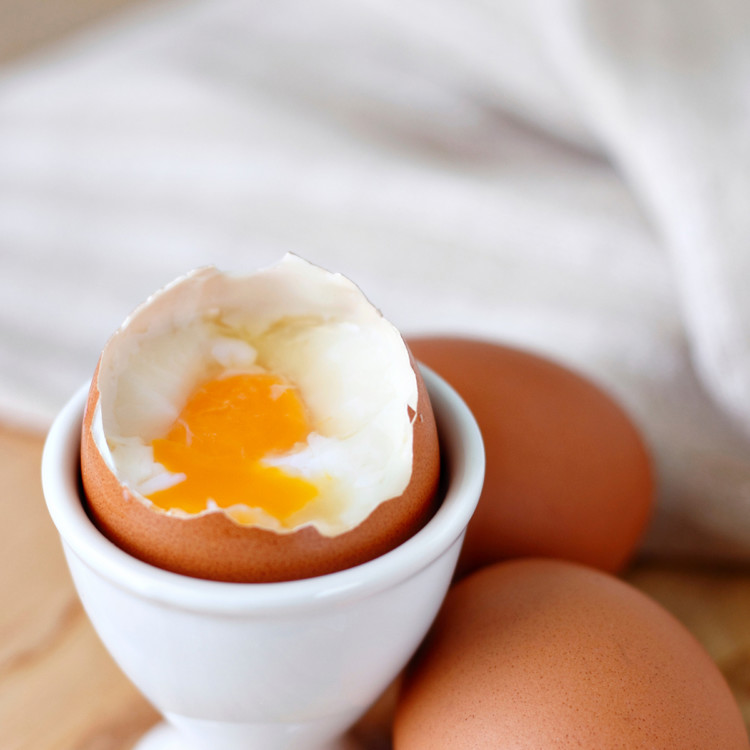
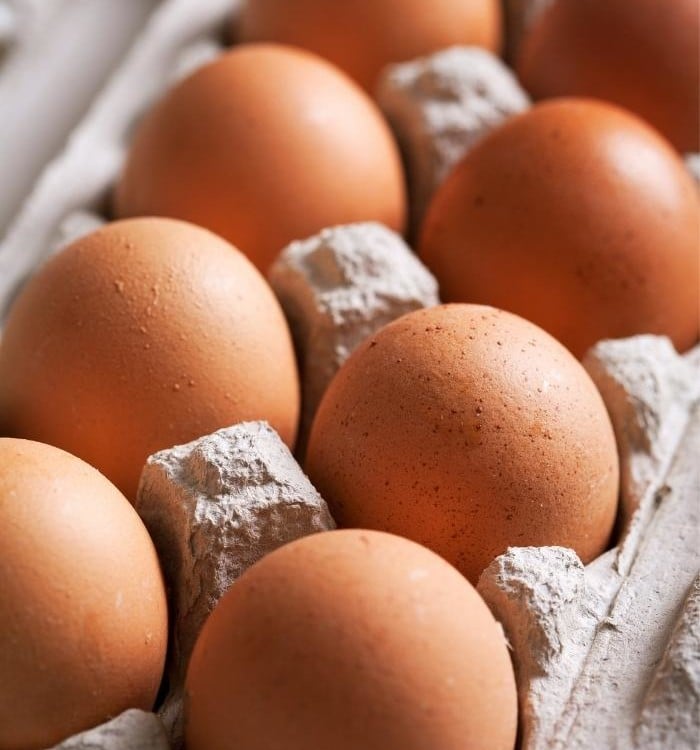
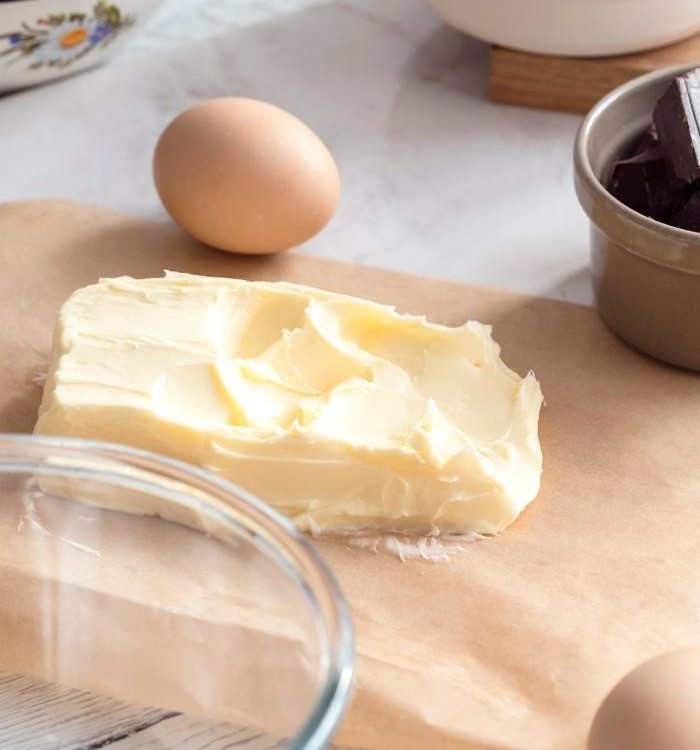
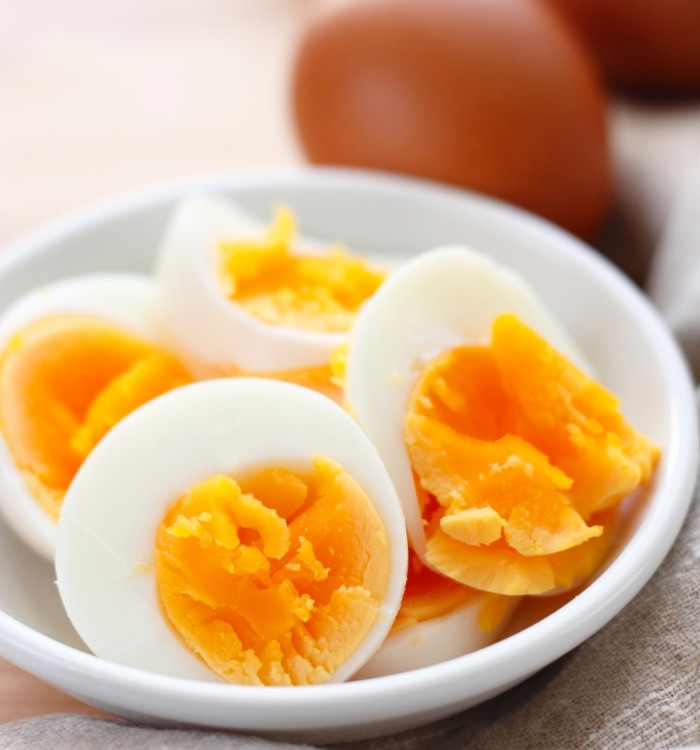
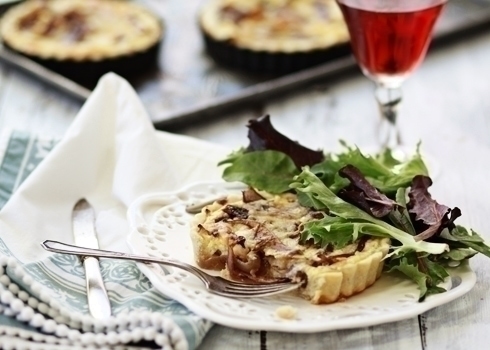

Leave a Comment